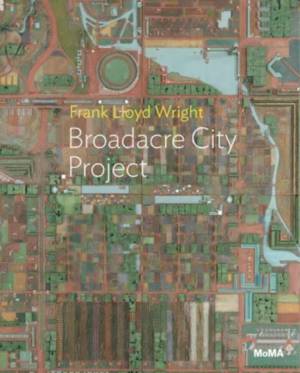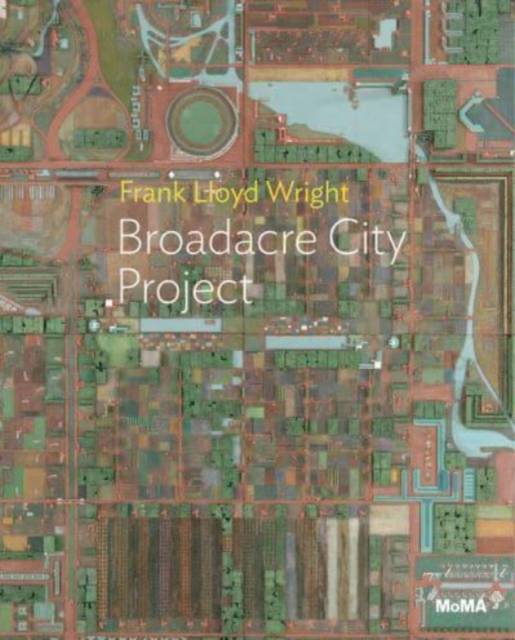
- Retrait gratuit dans votre magasin Club
- 7.000.000 titres dans notre catalogue
- Payer en toute sécurité
- Toujours un magasin près de chez vous
- Retrait gratuit dans votre magasin Club
- 7.000.0000 titres dans notre catalogue
- Payer en toute sécurité
- Toujours un magasin près de chez vous
Description
The latest volume in MoMA's One on One series: a deep dive into the architectural giant's arcadian vision of the modern habitat
When American architect Frank Lloyd Wright (1867-1959) proposed Broadacre City (1929-35), he advanced an astonishing claim: that the metropolis was obsolete. In its place, Broadacre was to be a "Usonian" synthesis, an unprecedented landscape unsullied by convention or history, consisting simply of "architecture and acreage." With its low-density carpet of small plots, predominantly one- and two-story buildings, and seemingly infinite territory, the ruralized landscape of Broadacre would sustain new levels of individuality and freedom, far more democratic than a traditional metropolis could ever support.
This slim paperback reader, the latest volume in MoMA's One on One series, is penned by Juliet Kinchin, a former curator in the Department of Architecture and Design at the Museum of Modern Art, New York. She guides the reader through Wright's conception of Broadacre and its theoretical underpinnings and implications. Reproductions of Wright's preparatory sketches and photographs of his model city are interspersed throughout Kinchin's account.
Spécifications
Parties prenantes
- Auteur(s) :
- Editeur:
Contenu
- Nombre de pages :
- 48
- Langue:
- Anglais
- Collection :
Caractéristiques
- EAN:
- 9781633451537
- Date de parution :
- 30-07-24
- Format:
- Livre broché
- Format numérique:
- Trade paperback (VS)
- Dimensions :
- 173 mm x 213 mm
- Poids :
- 226 g

Les avis
Nous publions uniquement les avis qui respectent les conditions requises. Consultez nos conditions pour les avis.






